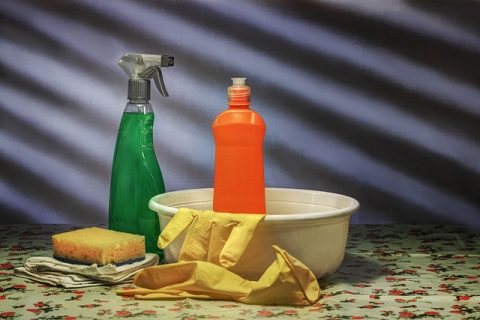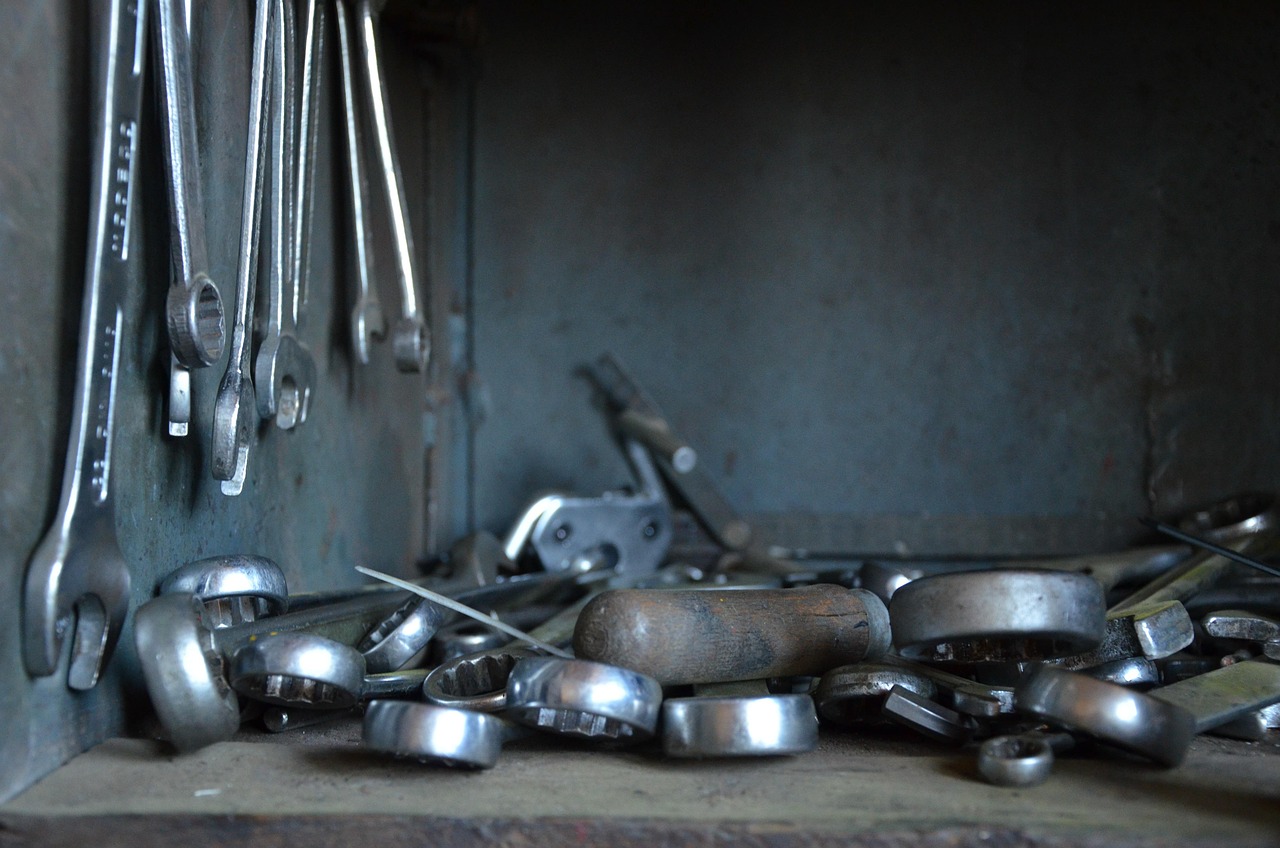Stainless steel is a widely used material in cookware, jewelry, appliances, and construction because of its durability and sleek appearance. One common question people ask is, does stainless steel tarnish? The short answer is that stainless steel is highly resistant to tarnish, but under certain conditions, it can develop discoloration or surface changes over time.
What Makes Stainless Steel Resistant to Tarnish
The main reason stainless steel holds up so well against tarnishing is its chromium content. When chromium is exposed to oxygen, it forms a thin, invisible layer called chromium oxide. This layer protects the metal underneath from rust and oxidation. In most everyday situations, this protective barrier keeps stainless steel looking bright and clean.
- Chromium oxide layer acts as a self-healing shield against oxidation.
- Alloy composition may also include nickel, molybdenum, or other metals for added resistance.
- Passivation treatment can further enhance corrosion resistance.
When Stainless Steel Can Tarnish
Although stainless steel is highly resistant, it is not completely immune to changes in appearance. Certain environmental factors or chemical exposures can compromise its protective layer and cause tarnish or discoloration.

- Saltwater exposure can cause pitting or surface dullness over time.
- Harsh cleaning chemicals like bleach can break down the protective oxide layer.
- High humidity in poorly ventilated areas can promote staining.
- Heat discoloration may occur in cookware or metal parts exposed to high temperatures.
Differences Between Tarnish, Rust, and Staining
It’s important to distinguish between these terms, as they are often confused:
| Type | Cause | Appearance | Prevention |
|---|---|---|---|
| Tarnish | Surface reaction with oxygen or chemicals | Dull, yellowish or rainbow-like film | Gentle cleaning and avoiding harsh chemicals |
| Rust | Iron oxidation due to moisture and oxygen | Flaky, reddish-brown corrosion | Keeping surfaces dry and protected |
| Staining | Deposits from water, minerals, or food | Dark spots or streaks | Regular cleaning with mild soap |
How to Prevent Tarnish on Stainless Steel
Proper care can ensure your stainless steel remains in top condition for years. Here are some proven tips from experience:
- Clean with mild soap and warm water, then dry thoroughly.
- Avoid abrasive pads that can scratch the protective layer.
- Use a stainless steel cleaner or polish periodically.
- Rinse well after contact with saltwater or acidic foods.
- Store stainless steel items in a dry, well-ventilated place.
How to Remove Tarnish from Stainless Steel
If your stainless steel does develop tarnish, there are several effective methods to restore its shine:

- Baking soda paste made with water can gently lift discoloration without scratching.
- White vinegar solution can dissolve surface film and mineral buildup.
- Commercial stainless steel cleaner can restore luster for stubborn cases.
- Always rinse and dry thoroughly after cleaning to prevent water spots.
Grades of Stainless Steel and Tarnish Resistance
Not all stainless steel is created equal. The grade of stainless steel plays a role in how resistant it is to tarnish or corrosion. Below is a simple comparison chart:
| Grade | Main Composition | Corrosion Resistance |
|---|---|---|
| 304 | 18% chromium, 8% nickel | Excellent for general use |
| 316 | 18% chromium, 10% nickel, 2% molybdenum | Superior in saltwater and marine environments |
| 430 | 17% chromium, low nickel | Moderate resistance, lower cost |
In real-world scenarios, stainless steel products like kitchen sinks, watches, and marine hardware can go decades without significant tarnish when maintained properly. Jewelry made from high-grade stainless steel often stays bright and untarnished longer than silver under similar conditions.
Final Thoughts
So, does stainless steel tarnish? While it can under certain conditions, its natural composition and protective oxide layer make it one of the most tarnish-resistant metals available. With proper care, it can maintain its appearance for decades, making it a reliable and low-maintenance choice for a variety of applications.



